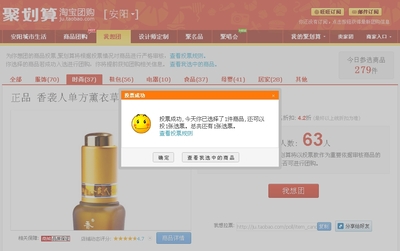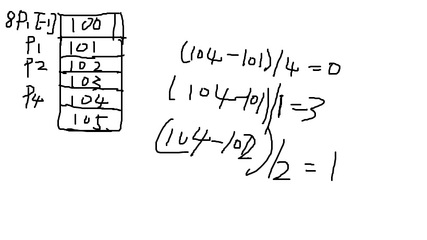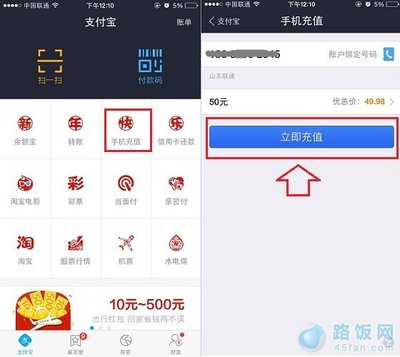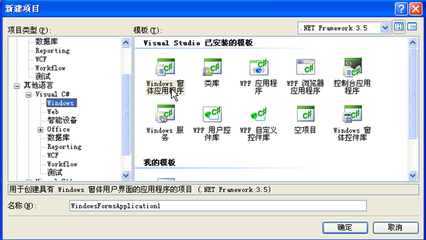1,Node类文件
package
{
importmx.collections.ArrayCollection;
public classNode
{
public varid:String
public varname:String;
public var children:ArrayCollection;
publicfunction Node()
{
}
}
}
2,测试代码:
<?xml version="1.0"encoding="utf-8"?>
<mx:Application creationComplete="init()"xmlns:mx="http://www.adobe.com/2006/mxml"layout="absolute">
<mx:Tree x="29" y="48" width="339" height="205"id="exampleTree"></mx:Tree>
<mx:Script>
<![CDATA[
importmx.collections.ArrayCollection;
varnodes:ArrayCollection = newArrayCollection(); //第一层树结点数据
varnodesChildren:ArrayCollection = new ArrayCollection();//孩子结点集合
varaNode:Node = null; //树结点
functioninit():void{
//先准备需要的子结点数据
varaNode1:Node = new Node();
aNode1.id ="00";
aNode1.name= "孩子结点1";
aNode1.children = null;//当前结点如果没有孩子结点那么children设为null,如果有,则赋值为它的孩子集合,Flex Tree递归加载
nodesChildren.addItem(aNode1);
varaNode2:Node = new Node();
aNode2.id ="01";
aNode2.name= "孩子结点2";
aNode2.children = null;
aNode = newNode();
nodesChildren.addItem(aNode2);
//孩子结点数据准备完毕
//准备父节点数据
aNode.id ="0";
aNode.name ="父结点1";
aNode.children = nodesChildren;//在这里将父节点的孩子结点数据加进去
nodes.addItem(aNode);
aNode = newNode();
aNode.id ="1";
aNode.name ="父结点2";
aNode.children = null;//假设父节点2没有孩子结点
nodes.addItem(aNode);
//父节点数据准备完毕
//实例化一棵树
//varexampleTree:Tree = new Tree();
exampleTree.dataProvider=nodes;
exampleTree.labelField="name"; //指定显示字段
}
]]>
</mx:Script>
</mx:Application>
3,结果:
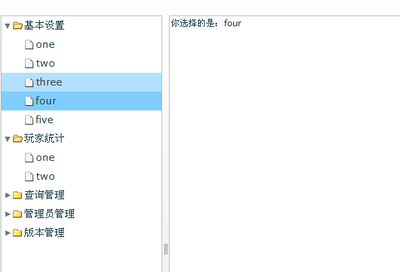
使用xml做数据源的优点是可读性好、层次清楚,但是xml的数据表示效率太低。所以我认为大量的交互还是json比较好。
 爱华网
爱华网